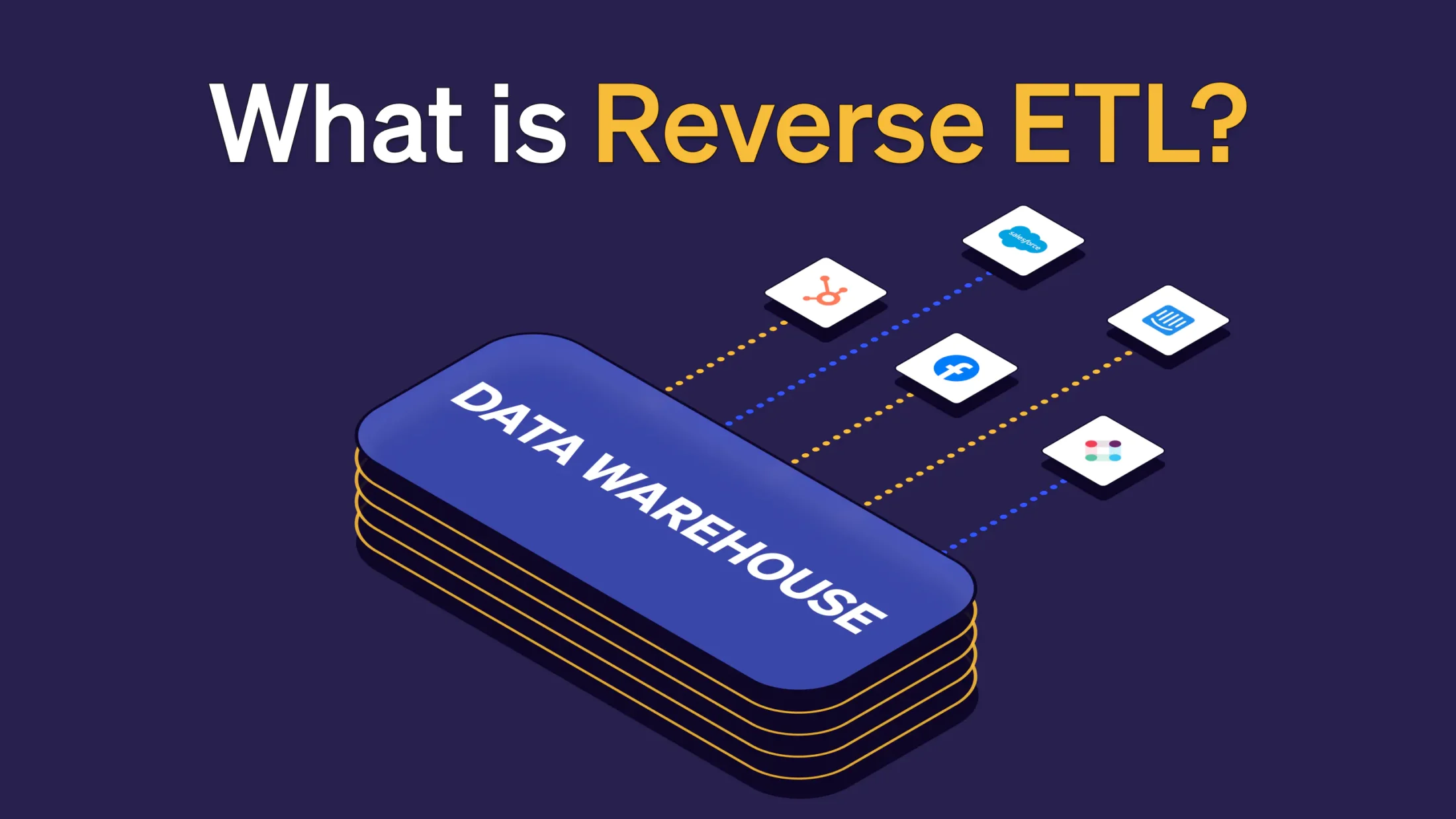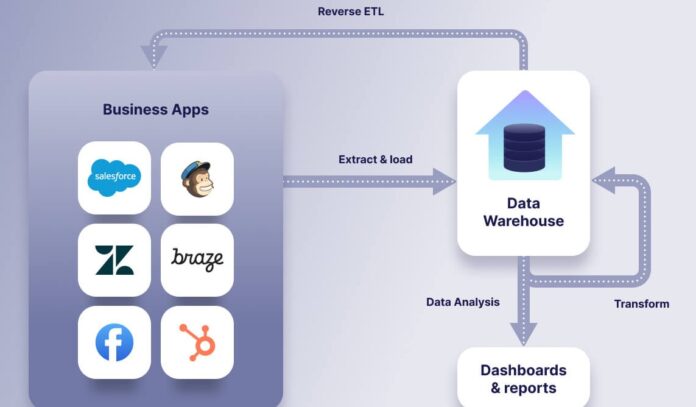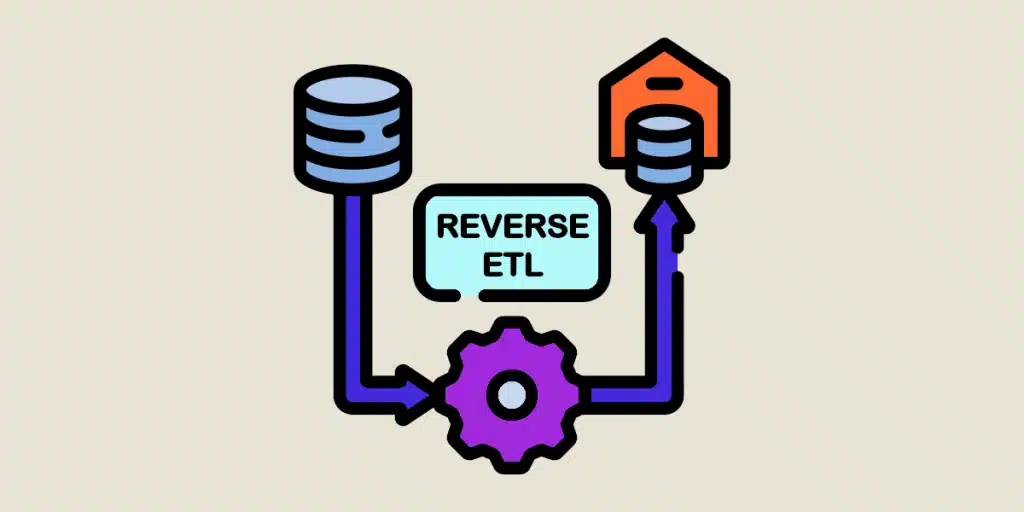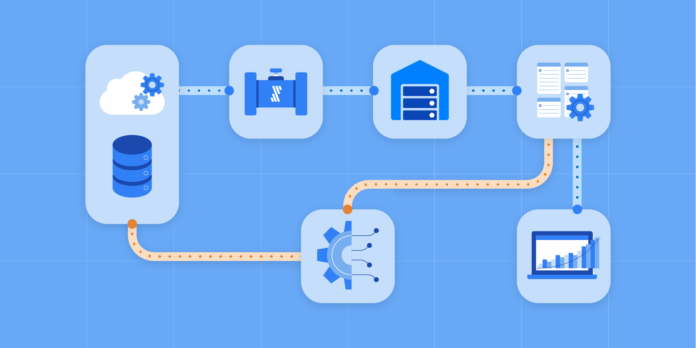Marketing professionals are often inundated with an overwhelming amount of data. From understanding customer behavior to optimizing campaign performance, the need to harness this data effectively is paramount. This is where Reverse ETL (Extract, Transform, Load) comes into play, acting as a bridge between your data warehouse and SaaS applications.
In this comprehensive guide, we’ll explore how you can quickly reverse ETL your marketing data to drive better decisions, improve efficiency, and ultimately boost your bottom line.
Reverse ETL

At its core, Reverse ETL is about moving data from a centralized data warehouse back into operational systems and applications. It enables businesses to act on their insights, making data actionable by syncing it with everyday business tools. For marketing teams, this means personalized customer interactions, timely campaigns, and data-driven strategies that resonate with your target audience.
In the quest to enhance marketing strategies through data-driven insights, database migration emerges as a pivotal element.
Step 1: Identify Your Key Data and Tools
Begin by pinpointing the exact data that will provide value when moved into your operational marketing tools. This could include customer segments, purchase history, or engagement scores. Equally important is identifying which tools and platforms (e.g., CRM, email marketing software) will benefit from this data. The goal is to enhance these tools with deeper insights for more targeted, effective marketing actions.
Step 2: Choose the Right Reverse ETL Platform
Selecting a suitable reverse ETL platform is critical. Look for solutions that offer robust integrations, real-time data syncing capabilities, and intuitive workflows. Platforms like Census, Hightouch, and Fivetran stand out for their ease of use and extensive connectivity options. Consider factors such as scalability, security features, and support services to ensure the platform can meet your evolving business needs.
Step 3: Map Your Data Flow
Carefully map out how data will move from your warehouse to your selected marketing tools. This involves defining the data transformations needed to ensure the data is in the right format and structure for each application. Effective mapping requires a deep understanding of the data requirements of your operational systems and the capabilities of your reverse ETL tool.
Step 4: Implement Data Transformations
With a clear data flow map, implement the necessary transformations. This might include aggregating data points, converting data types, or cleaning and normalizing data. The aim is to prepare the data for effective use in your marketing tools, ensuring it’s accurate, timely, and relevant.
Step 5: Automate Your Data Syncs
Automation is key to maintaining efficiency in reverse ETL processes. Set up scheduled data syncs to ensure your marketing tools are always equipped with the latest data. This enables your marketing team to react quickly to new insights and maintain up-to-date strategies without manual intervention.
Step 6: Monitor and Optimize
Continuous monitoring of your reverse ETL workflows is essential. Keep an eye on data accuracy, sync errors, and performance issues. Use these insights to refine and optimize your processes over time. Regularly revisiting your data mapping and transformation rules ensures they remain aligned with your marketing objectives and tool capabilities.
Impact on Marketing

Implementing reverse ETL can fundamentally transform your marketing strategies, making them more efficient and effective. By integrating rich, actionable data directly into your marketing tools, you can achieve unprecedented levels of personalization and insight.
Personalize Customer Interactions at Scale
Access to detailed, real-time data allows for personalization that goes beyond generic messages, tailoring interactions to the individual level. This could mean sending personalized email content based on recent browsing behavior or purchase history, enhancing engagement and conversion rates.
With reverse ETL, such personalization can be automated and scaled across thousands or even millions of customers, ensuring that each one feels uniquely understood and valued by your brand. This level of personalization not only boosts customer loyalty but also significantly increases the efficiency of your marketing spend.
Optimize Campaign Targeting and Segmentation
With the deep insights provided by reverse ETL, marketing teams can refine their audience segments to an unprecedented degree. This enables the creation of highly targeted campaigns that speak directly to the needs and interests of specific customer groups. By analyzing data trends and customer interactions, teams can continuously adjust their strategies to ensure optimal engagement.
Such targeted efforts lead to higher conversion rates and more efficient use of marketing budgets, as resources are concentrated on the most receptive audiences. Moreover, this approach allows for real-time campaign adjustments, ensuring that marketing efforts are always aligned with current customer behavior and preferences.
Enhance Customer Understanding Through Integrated Data Insights
Integrating disparate data sources via reverse ETL offers a holistic view of the customer journey, uncovering insights that were previously siloed. This comprehensive understanding enables marketers to anticipate customer needs and preferences, designing experiences that resonate on a deeper level.
Such insights can also identify new opportunities for engagement, product development, and cross-selling, driving revenue growth and enhancing customer satisfaction. Furthermore, this integrated approach empowers teams to measure the impact of specific marketing actions on customer behavior, refining strategies for even greater effectiveness over time.
Streamline Operations and Reduce Manual Data Handling
By automating the data synchronization process, reverse ETL significantly reduces the time and resources spent on manual data extraction and entry. This efficiency gain allows marketing teams to focus more on strategy and creativity rather than operational tasks.
It also minimizes the risk of human error, ensuring that marketing decisions are based on accurate and up-to-date information. Moreover, streamlined operations enable a faster response to market changes, keeping your marketing efforts agile and aligned with current trends and opportunities.
This not only enhances the effectiveness of marketing campaigns but also contributes to a more dynamic and responsive marketing organization.
Summary

Staying ahead requires not just access to data, but the ability to act on it swiftly and effectively. Reverse ETL empowers marketing teams to leverage their data warehouse’s insights directly within their operational tools, turning data into a dynamic asset that drives growth.
By following the steps outlined in this guide, you can quickly implement reverse ETL processes in your organization, enhancing your marketing strategies and establishing a data-driven culture. As you refine and expand your reverse ETL capabilities, you’ll discover new opportunities to engage customers, optimize campaigns, and drive business success.









